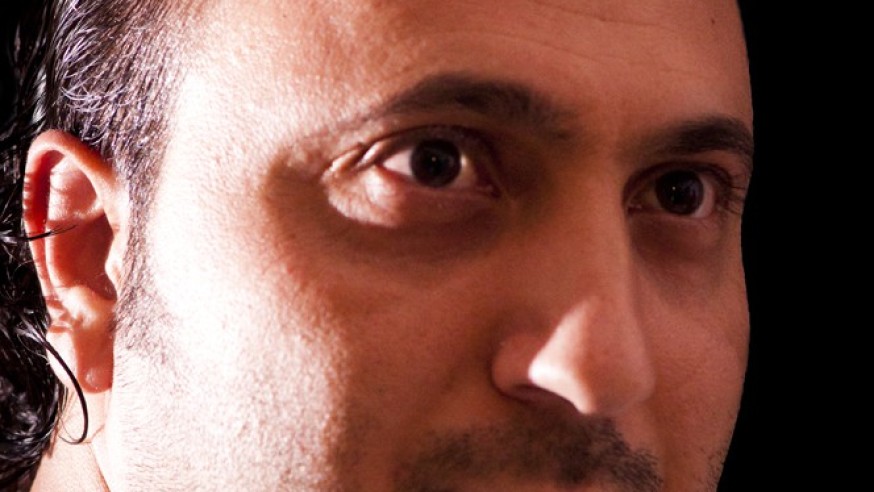When the Syrian regime opened fire on demonstrators at the start of the revolution, the intention was to kill the revolution and bury any peaceful movement. When the regime failed to incite violence amongst the revolutionaries, they released the Jihadists and soldiers in the country in order to transform the revolution into a war. The regime hoped that the war would ensure the death of the peaceful movement in favor of militarizing the revolution. This hope partially succeeded, and civil mobility diminished as the militarization of the movement forced a majority of the activists to switch from nonviolent disobedience to relief work.
Today, a consensus regarding a truce has been reached by the international community. The truce is supposed to provide relative safety in areas devastated by the war. This means that the stage is set for the return of civil and nonviolent activities in opposition-held areas across the country. At the start of the ceasefire, many protests came out in demonstrations reminiscent of the first days of the revolution. The decline in violence and militarization means that the peaceful activities will gradually escalate... Do the civil society organizations have what it takes to reorganize and reactivate the movement? This will be a test for the civil society institutions.
The civil society activists and their ability to mobilize, despite the death of their allies, will show that the killing and destruction perpetrated during the long months of the Syrian conflict has not prevented them from returning to the streets. Though earlier protests had called to end the killing, the regime now has some quasi-protection from international factions stationed in the country. Will the civil society institutions have what it takes to protest, calling for the protection of civilians, to not take up arms as they have caused pain? Here, today, there is a chance for it to succeed again, and not be exploited again.
Can these things be achieved, when people are starved and broken, controlled by factions carrying arms? Can Syrian civil society prove that it exists on the ground, and not just in offices abroad, in funded projects, in exile?
Since the Syrian-Egyptian union in 1958 (United Arab Republic) until 2011, there has not been a genuine civil society in Syria; there was a motionless, fragmented movement, which was made apparent at the beginning of the revolution, when civil society in Syria began to progress gradually, with organizations sprouting up. Unfortunately, the movement fell into decline due to the regime’s violence and the militarization of the revolution. Unfortunately, this means that civil society in Syria never connected with the popular movement in Syria. Before the militarization of the uprising, there had been no civil society but a number of popular movements. After the militarization, however, civil society institutions were the only things that remained active. And so, that brings us to our current point in time, in which the civil society organization and the popular movement are meeting in the middle.
Today, Syrian civil society is facing an exam: the movement was revitalized and reactivated during the truce. This has been a confirmation that the organizations that make up Syrian civil society are worthy of the classification and that they are not living in imaginary, constructed ‘palaces’ but that their presence is real, and they require assistance to begin the process of reconstruction.




